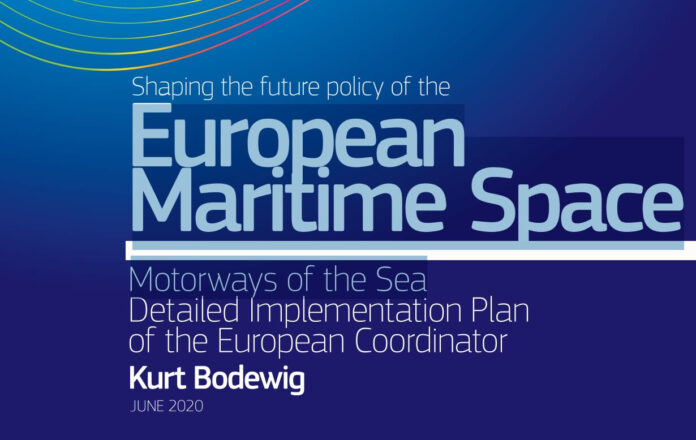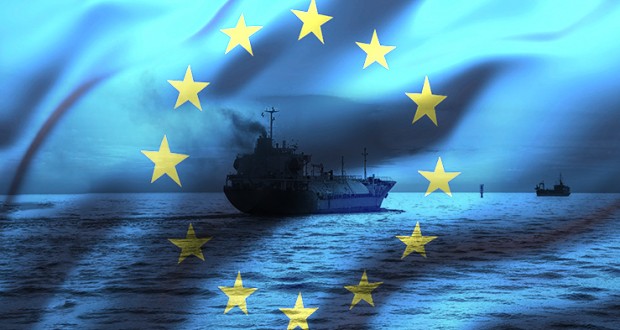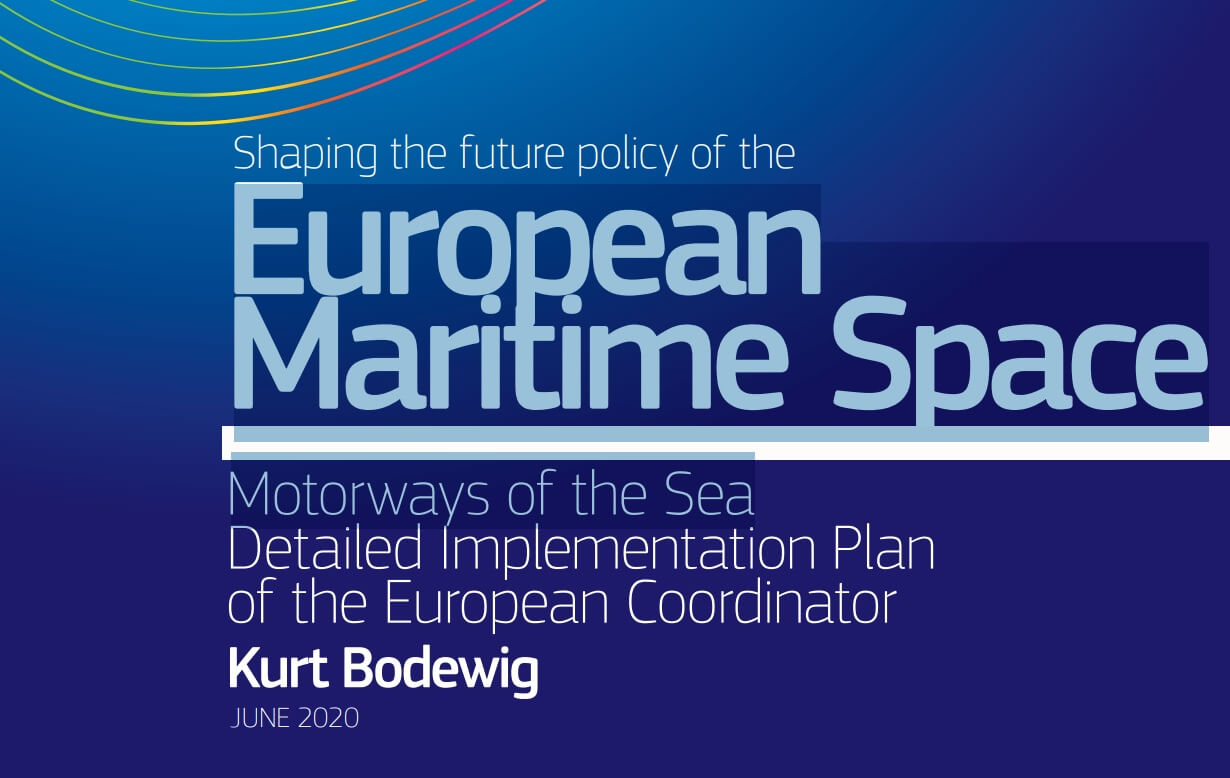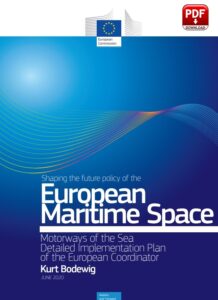
(www.MaritimeCyprus.com) The Detailed Implementation Plan for Motorways of the Sea has been released by the European Union. It sets the priorities for sustainable, smart and seamless European Maritime Space. It is the result of a close collaboration with Member States and the European maritime community.
Summary
The Motorways of the Sea programme (MoS), with its focus on short sea shipping routes, maritime links and associated maritime infrastructures such as hinterland connections, equipment, facilities and relevant administrative formalities, is the maritime pillar of the trans-European transport network (TEN-T) and its related funding instrument, the Connecting Europe Facility (CEF).

It builds on the core and comprehensive network of European ports and logistics centres as well as on the TEN-T core network corridors. As such, MoS is very well placed to support the European shipping industry and ports. The programme prioritises the full integration of maritime transport operations in the logistic chain. In doing so, it also helps concentrate freight flows on sea-based routes, thus reducing road congestion, as well as increasing connectivity among Member States.
Maritime Transport Sector
The maritime transport sector is of great importance in Europe. In 2018, the 335 ports of
the TEN-T core and comprehensive networks handled 3.8 billion tonnes of cargo in total3
(including deep sea traffic). Almost three quarters of this volume were handled in one of
the 84 core network corridor (CNC) ports, demonstrating the strong interconnection of the
maritime ports on the TEN-T. More importantly, out of the global cargo handled by EU TENT ports, two thirds (or 2.5 billion tonnes) were related to short sea shipping, clearly
demonstrating its importance in Europe.
This Detailed Implementation Plan (DIP) therefore seeks to continue the further development of a well-functioning and sustainable short sea shipping sector in Europe, with two main strategic objectives in mind: ensuring a better integration of MoS within the wider TEN-T policy and widening the financing possibilities for MoS projects.
The previous MoS European Coordinator defined three main development pillars which
relate to
- Environment,
- Integration within the logistics chain and
- Safety/Traffic Management/Human Element.
The present European Coordinator for MoS took these three pillars as the starting point of his analysis.
For further details, click on below image to download full report:
Source: EU
EU Coordinator Kurt Bodewig














